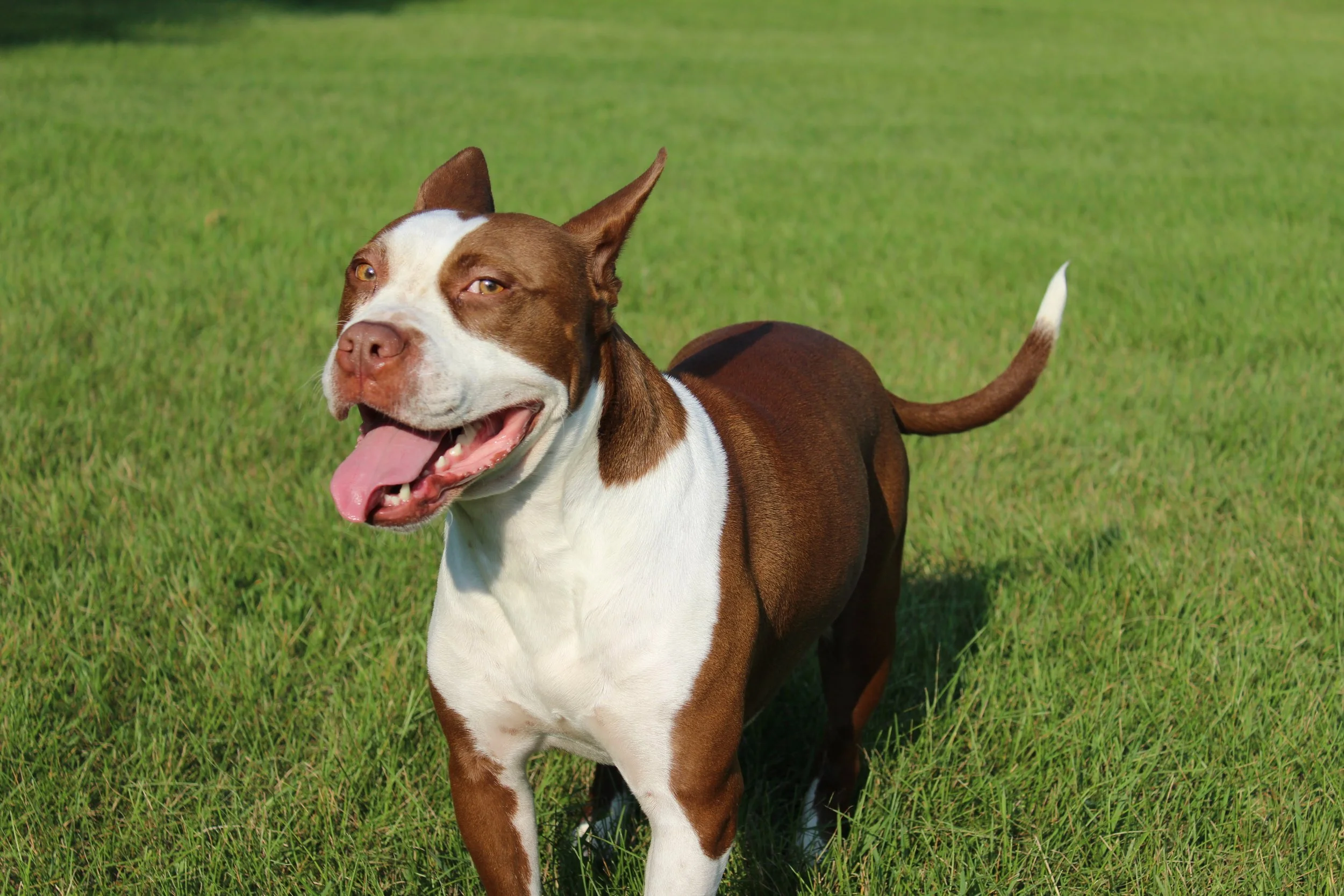Preventing Gum Disease in Your Pets
February is Pet Dental Health Month, dedicated to promoting proper oral hygiene for our pets! Dentists always warn us about gum disease, but did you know our pets can get gum disease too? This infection, also known as periodontal disease, is fairly common in pets. This is why it’s important to take good care of our pet's teeth and gums!
The infection of the gums, or periodontal disease, can cause tooth pain or even tooth loss. You should always check your pet's teeth and gums daily to look for signs of dental problems. There are certain symptoms you should never ignore such as:
Halitosis (bad breath)
Discomfort or a struggle to chew hard food
Excessive drooling with or without blood
Discolored teeth
Receding gum lines
If you notice any of these symptoms, contact your veterinarian to get your pet’s teeth checked.
Prevention
While periodontal disease seems scary, it can be avoided by sticking to an oral health routine for your pet! You should be brushing their teeth daily to remove any bacteria, plaque, and leftover food. A great way to help your pet's teeth stay healthy is by adding a teeth cleaning treat to their oral hygiene routine! You can find these at most pet stores, but these should never replace brushing your pet's teeth.
Treatment
If you notice any signs of periodontal disease, speak with your veterinarian about how to treat it. Depending on the severity of the disease, they may recommend different methods of treatment.
Brushing your pet’s teeth is the most effective way to prevent dental problems. You can also make changes to their diet by switching to a food that promotes dental health or making sure they have fresh clean drinking water daily! Next time you visit your veterinarian, ask them about a routine dental check-up. This will help allow signs of periodontal disease be noticed early on and make sure your pet has a healthy set of teeth!
“Dental Disease and Its Relation to Systemic Disease in Pets: VCA: VCA Animal Hospitals.” Vca, vcahospitals.com/know-your-pet/dental-disease-and-its-relation-to-systemic-disease-in-pets. Accessed 29 Jan. 2024.
“Periodontal Disease.” Cornell University College of Veterinary Medicine, 19 Jan. 2024, www.vet.cornell.edu/departments/riney-canine-health-center/canine-health-information/periodontal-disease.
“Periodontal Disease in Dogs and Cats.” VIN, veterinarypartner.vin.com/default.aspx?pid=19239&id=4951302. Accessed 29 Jan. 2024.
“Periodontal Disease in Dogs: Symptoms, Causes & Treatment.” Periodontal Disease in Dogs: Symptoms, Causes & Treatment, www.lakecross.com/site/blog-huntersville-vet/2020/07/22/periodontal-disease-dogs-symptoms-treatment#:~:text=Your%20dog’s%20mouth%20can%20be,can%20be%20weakened%20or%20lost. Accessed 29 Jan. 2024.
“Pet Dental Care.” American Veterinary Medical Association, www.avma.org/resources-tools/pet-owners/petcare/pet-dental-care. Accessed 29 Jan. 2024.
“Washington Dog and Cat Hospital.” Los Angeles Vets, www.washingtondogandcathospital.com/site/blog/2022/09/14/tips-pet-dental-health#:~:text=If%20your%20pet%20will%20put,a%20non%2Dtoxic%20pet%20toothpaste. Accessed 29 Jan. 2024.

